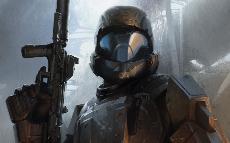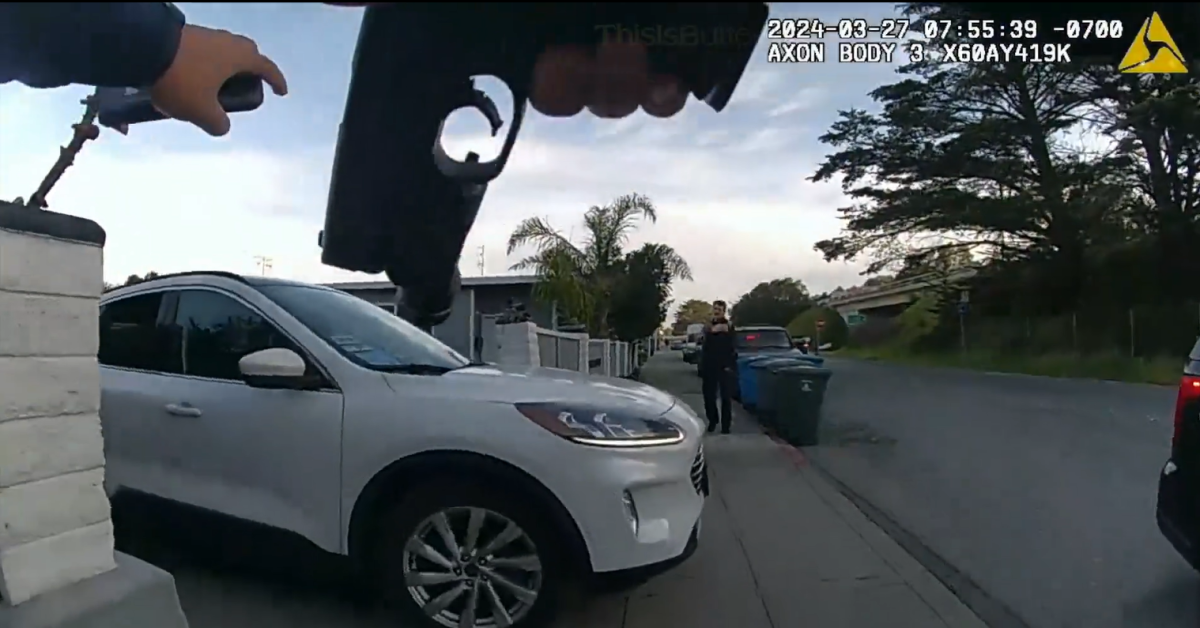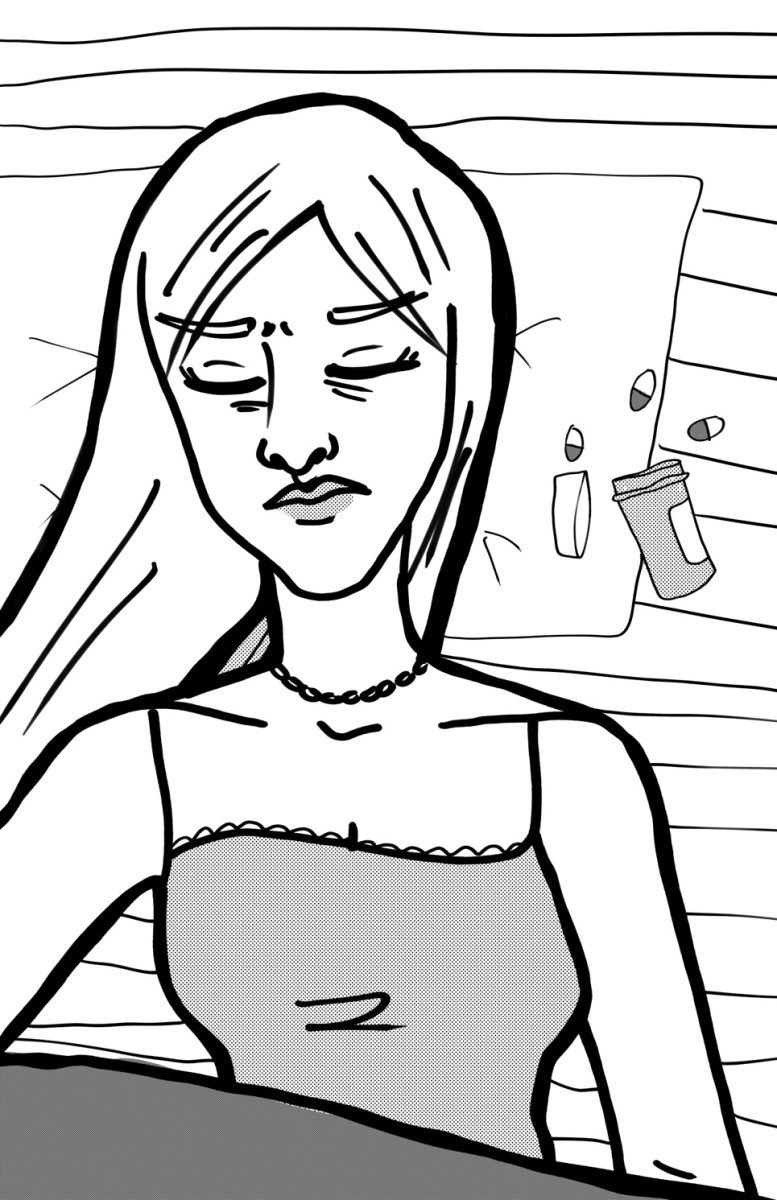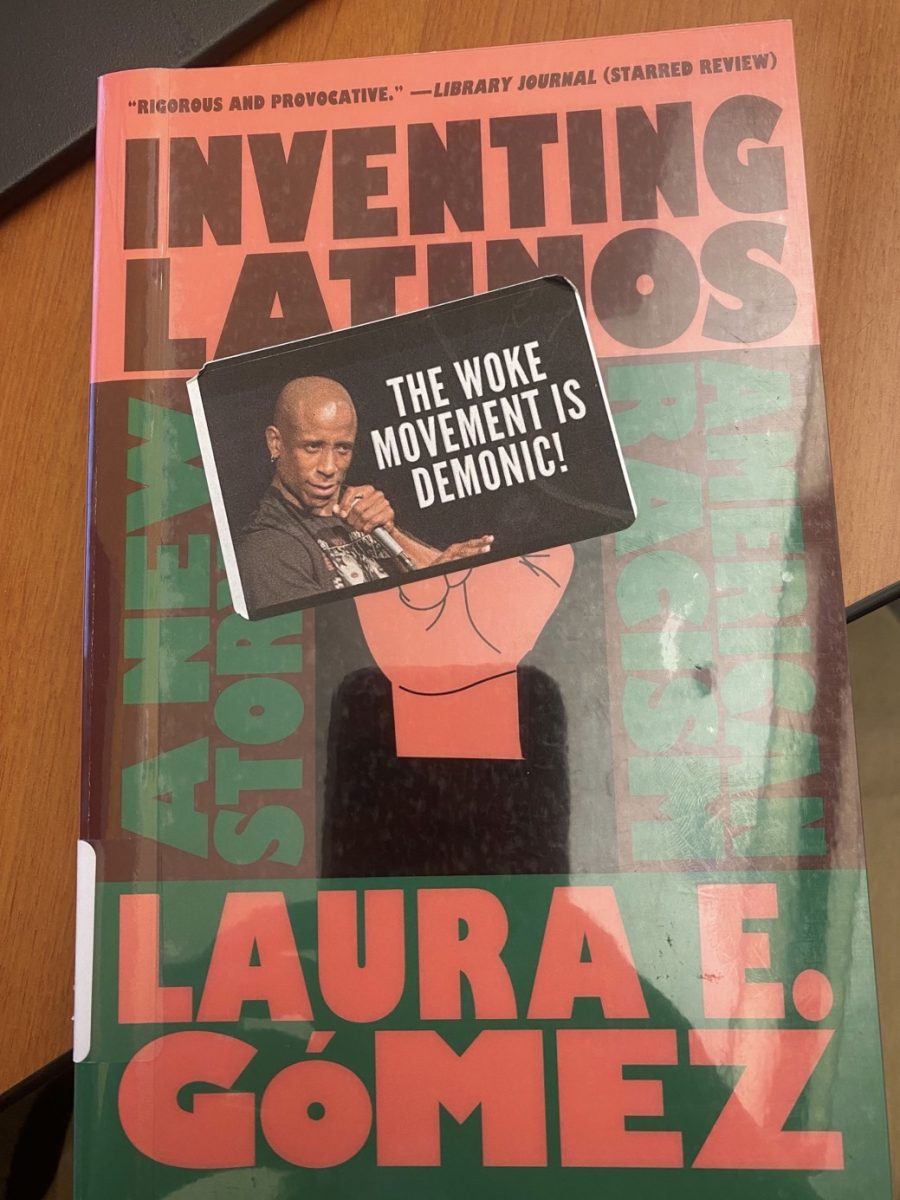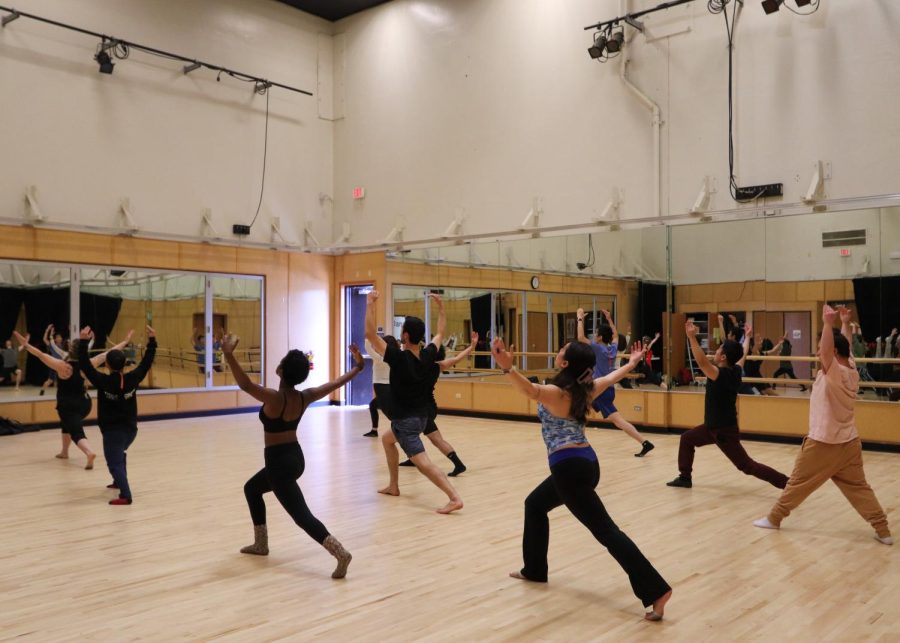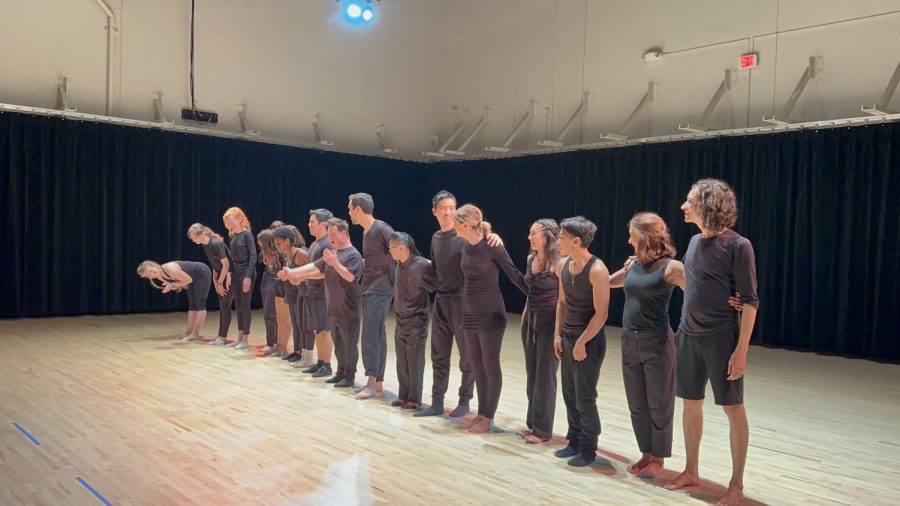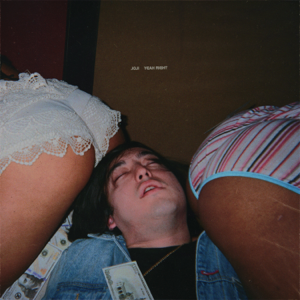Halo 3: ODST is a standalone expansion to 2007’s bestselling Halo 3. Its story takes place between Halo 2 and Halo 3.
The main premise of the Halo series, produced by Bungie, is that 500 years in the future humanity is in an all out war against a massive alien army known as the Covenant. Humanity’s best hope is a super soldier in super advanced armor known as Master Chief. In ODST, things are a bit different.
ODST stands for Orbital Drop Shock Trooper. Long story short, they are basically the futuristic version of the British SAS. They are elite soldiers dropped from low orbit into extremely dangerous missions. ODST’s, however, are not SPARTANs, they are normal humans.
SPARTANs, as you may know, are 7 foot tall, biologically enhanced super-soldiers with the sole intention of kicking alien ass.
ODSTs, on the other hand, are normal humans who are put through rigorous training to make them into the best soldiers that normal, unaltered humans can possibly be. You play as The Rookie for the majority of the game. The Rookie is the newest member of a six-man ODST squad tasked with dropping into Covenant occupied New Mombossa, Kenya.
The team consists of Buck, the ODST’s leader, Romeo, the team sniper, Dutch, the combat specialist, Mickey, the explosives expert, and Dare, the mysterious female intelligence officer who knows more than she lets on.
Their mission isn’t made clear to them initially, but soon clues will arise about the real meaning of the ODST’s mission.
As the Rookie, you will search the city for clues as to what happened to the rest of your team. When you find a clue, you will play through a level as the squad member that clue relates to. When the level is complete, you go back to The Rookie, and the search begins again.
I don’t think I’ve ever played a game set in Africa before, and I certainly haven’t played one set in a futuristic Africa. The majority of the city is typical futuristic urban fare; tall skyscrapers, futuristic looking cars and panels. All of New Mombossa has its own flavor though, complete with fictional companies, civil service logos, and advertisements.
Within the city there is also a giant wildlife reservation, complete with safari trails and rest stops. The level design and art direction is all high quality, although some parts of the city are far too barren.
Some places completely reuse textures and geometry, to the point where without an in-game map it would be extremely easy to get lost. In key areas, though, this isn’t a problem, and you’ll find significant and interesting detail in the city such as graffiti relating to sub plots in the story and dead bodies from both sides of the conflict.
It actually reminded me of playing Fallout 3, but in the Halo universe, due to the sense of being the only person left in a once populated world, left to explore and hunt for clues about the way life used to be.
The difference between SPARTAN and ODST isn’t as jarring as I’d imagined it would be. You honestly have very similar health to a SPARTAN, just now when you take damage; it becomes a lot harder to function as your screen will become redder and redder.
The health system is similar to the first Halo in that you have a shield that regenerates – but your health under that shield won’t recover without some kind of medical attention. In ODST, you can recover lost health using Opticans, which are just a fancy way of saying health packs. Being more vulnerable actually encourages players to use strategy and cover more, and it did nothing but add to the experience.
ODST feels like what Halo 3’s single player campaign should have been. It’s tight, well paced, and has a story and cast of characters that is presented in way that actually makes me care about the characters.
I actually started to care about the ODST’s fate nearing the end of the whole ordeal, despite the fact that when you are initially introduced to each of the cast, they are presented in a frankly stupid, unfittingly slapstick way; it threw me off.
Soon afterwards though, things get a bit more serious, and the characters started to show real personality and actual humor. There is even a love interest between one of the ODST’s and Dare, the intelligence officer. ODST brought a level of humanity to the Halo universe that was strangely absent from the past Halo games.
The main focus of ODST has been the new multiplayer gametype: Firefight. Firefight can be summed up as Gears of War’s Horde Mode meets L4D’s survival mode plus Halo and minus pills with slightly different scary aliens that want to harm you and your body.
For the uninitiated, Horde, Survival, and Firefight are all endless wave gametypes. It’s almost a kind of throwback to when games didn’t have any endings, and the only real objective was to get a high score.
Enemies will never stop coming at you and your team, and you will only be permitted short breaks between waves. Not only will you have to manage health, ammunition and lives, but you will also have to deal with skulls that come into play at the start of every round.
These skulls augment the game in different ways, such as making enemies more inclined to avoid danger or to cause all of the enemies to wildly throw grenades. These skulls seriously shake up the flow of the game, and ensure that things don’t get to easy and too boring.
Firefight is considerably easier than Survival Mode, but that’s not saying much (most survival mode games don’t last more than 4 minutes before everyone is killed). This isn’t to say it’s not challenging, as it certainly gets extremely intense later on, it’s just considerably more forgiving.
One quirk vexes me about ODST, and said quirk will likely lessen the amount of total playtime I reap from it. There is no matchmaking service for ODST in any of its gametypes.
Matchmaking is a common service for online games that matches players currently online up with one another from around the world. Without it the only way to play online with someone is to invite them, or to get invited into a room with other people.
This was stupid of Bungie not to include. There official explanation for its absence was along the lines of “you don’t want to play this game with random people; you want your friends” and I can understand that to a point, but after day one of its release I was hard pressed to gather up enough of my friends at one time to make a decent four man team. ODST alone would not warrant a $59.99 pricetag, but luckily it comes with a second disc. That second disc is Halo 3 Multiplayer.
It allows players access to all Halo 3 maps and gametypes, including all of the DLC (which otherwise you’d have to purchase separately) and three brand new maps which can only be played with the disc. The disc itself can operate without the player having to own the original Halo 3 disc, which is pretty awesome.
You can say a lot about Halo 3 multiplayer, but I can probably sum it up as being something for everyone. The amount of variety in gametypes, weapons, and vehicles is either on par or vastly surpasses modern day shooters.
It’s very easy to lose hours playing Slayer, Team Slayer, Capture the Flag, and any one of the hundreds of possible gametypes. Include Forge mode to the deal, which allows players to edit and in one case basically create a map from scratch, and you have hours of possible enjoyment. You definitely get a lot of content for the price of admission.
If you’re a fan of Halo, this purchase is a no-brainer. If you’ve never played a Halo game before, I think I’d actually recommend this game over Halo 3. It’s a much stronger single player experience, and it includes the full multiplayer experience along with it. Besides, if you don’t punch grunts in the face, who will?



